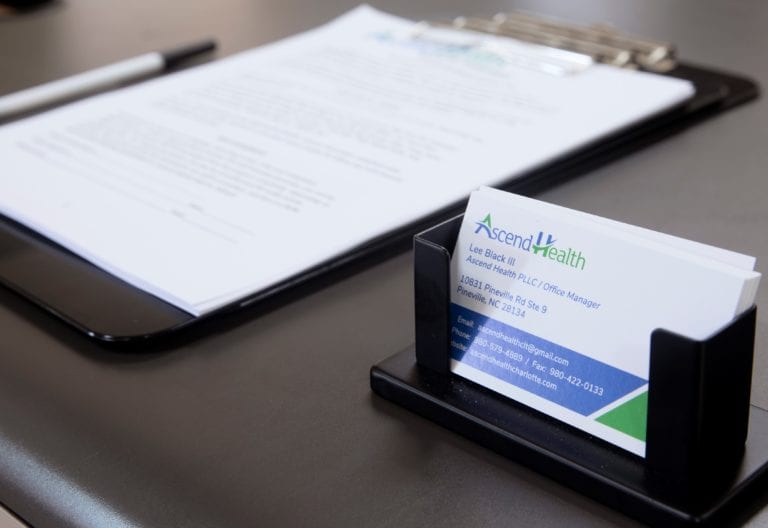After completing detox or inpatient rehab, you’re at a pivotal point in your recovery. You might be considering a telehealth suboxone maintenance program to continue medication-assisted treatment without sacrificing flexibility or privacy. This approach delivers ongoing support, medication management and relapse prevention strategies directly to your home. In this article, you’ll learn how virtual Suboxone maintenance works, the benefits you can expect, eligibility and coverage options, and how to sustain long-term recovery through an integrated aftercare continuum.
Telehealth Suboxone maintenance program overview
What is virtual Suboxone maintenance?
A virtual Suboxone maintenance program uses telemedicine—video or phone visits—to deliver Medication-Assisted Treatment (MAT) for opioid use disorder. You’ll connect with a licensed provider who assesses your progress, adjusts your dose and integrates counseling or therapy as needed. This model removes barriers like travel time and offers a supportive environment tailored to your needs.
Key program components
– Initial assessment and medical history review
– Electronic prescription of buprenorphine-naloxone (Suboxone)
– Regular follow-up appointments via secure telehealth platform
– Dosage monitoring and adjustments
– Integrated counseling or behavioral therapy
– Peer support or group sessions
– Periodic toxicology screening
How telehealth Suboxone works
Initial telehealth consultation
Your first virtual visit focuses on a comprehensive evaluation. The provider:
- Reviews your detox or inpatient treatment history
- Completes a risk assessment for co-occurring conditions
- Checks the Prescription Drug Monitoring Program (PDMP) in your state [1]
- Discusses your recovery goals and lifestyle factors
Once you and your clinician agree on a plan, an electronic Suboxone prescription is sent to your local pharmacy.
Prescription and dosage adjustments
During follow-ups, your provider will:
- Discuss cravings, withdrawal symptoms and side effects
- Adjust your buprenorphine dose as needed
- Offer guidance on missed doses or adverse reactions
- Ensure compliance with federal telehealth prescribing rules, such as six-month telemedicine prescribing limits and PDMP checks [1]
Monitoring and support
Ongoing virtual care includes:
- Scheduled video or phone check-ins
- Remote lab or home-test kits for toxicology screening
- Digital tools for tracking mood, cravings and medication adherence
- Coordination with in-person labs or local clinics when required
- Linkage to telehealth opioid treatment with Suboxone for seamless integration of care
Benefits of virtual Suboxone care
Increased access and convenience
Telehealth Suboxone care removes common obstacles:
- No travel time or transportation costs
- Flexible appointment times, including evenings and weekends
- Care continuity during inclement weather or health emergencies
Improved retention rates
Research shows that patients in telemedicine Suboxone programs often stay engaged longer. In one study, about 60% of participants remained in treatment at three months, compared to 50% in traditional face-to-face settings [2].
Reduced stigma and enhanced privacy
Virtual visits allow you to:
- Share openly about cravings or triggers in a private setting
- Skip waiting rooms and clinic lines
- Feel more comfortable discussing sensitive issues
Comparison of telehealth vs in-person care
| Feature | Telehealth Suboxone | In-person care |
|---|---|---|
| Retention at 3 months | ~60% ([Freedom Treatment]) | ~50% |
| Appointment flexibility | High | Limited |
| Travel requirement | None | Variable |
| Privacy and stigma reduction | Greater | Lower |
Eligibility and coverage options
Insurance and funding
Most private insurers, Medicaid and Medicare cover telehealth Suboxone treatment. Key resources include:
- Federal telehealth flexibilities through December 31, 2025 in Texas [3]
- Permanent removal of initial in-person visit requirement [4]
- SAMHSA’s State Opioid Response grants providing over $1.5 billion in FY25 awards for MAT programs [5]
- Supplemental funding of $45 million for sober housing and recovery services among young adults [5]
For low-income or uninsured patients, explore outpatient opioid program that takes Medicaid or insurance covered outpatient recovery program.
Policy and regulatory guidelines
Practitioners prescribing buprenorphine via telemedicine must:
- Be DEA-registered for Schedule III-V medications
- Check the PDMP before each prescription [1]
- Verify patient identity using acceptable documents
- Document date/time of each PDMP check in the medical record
Incorporating relapse prevention strategies
Counseling and behavioral therapies
Medication helps reduce cravings but pairing it with therapy builds resilience. Consider:
- Cognitive Behavioral Therapy (CBT) to address thought patterns and triggers
- Motivational interviewing to strengthen commitment to sobriety
- Family therapy or outpatient MAT with family therapy to rebuild supportive relationships
- Dual-diagnosis support if you have co-occurring mental health conditions [6]
Peer support and group sessions
A supportive community is key to lasting recovery. Virtual group options include:
- Peer-led support groups
- Recovery coaching
- Online 12-step meetings
- Specialty groups for veterans [7]
Choosing the right telehealth provider
Ascend Health’s comprehensive care
Ascend Health offers an integrated aftercare continuum that combines remote MAT with ongoing counseling, peer support and case management. Through their aftercare Suboxone treatment program, you gain access to:
- Individualized treatment plans
- Regular check-ins with addiction specialists
- Holistic services, including nutrition and mindfulness
- Coordination with local labs or in-person providers as needed
Factors to consider
When selecting a virtual Suboxone provider, look for:
- State licensure and DEA registration
- Secure, HIPAA-compliant telehealth platform
- Transparent pricing or insurance acceptance
- Availability of integrated relapse prevention services
- Positive patient testimonials and outcome data
You may also compare outpatient options like suboxone outpatient recovery program or outpatient buprenorphine treatment program to ensure the best fit.
Sustaining long-term recovery
Your aftercare roadmap
Long-term success often hinges on a structured continuum of care:
- Maintain your Suboxone regimen with scheduled telehealth visits
- Engage in individual and group therapy through mat aftercare and relapse prevention
- Leverage digital tools for tracking and reminders
- Transition to extended-release options like Sublocade when appropriate [8]
- Involve family or support network for accountability
Next steps and resources
To explore programs designed for your needs, you can visit:
- Outpatient opioid rehab with Suboxone
- Relapse prevention MAT treatment
- Affordable Suboxone treatment for addiction
If you’re ready to take the next step, reach out to an Ascend Health specialist or your local telehealth provider today. With the right combination of medication, therapy and peer support, you have every opportunity to build a life beyond opioid dependence.



